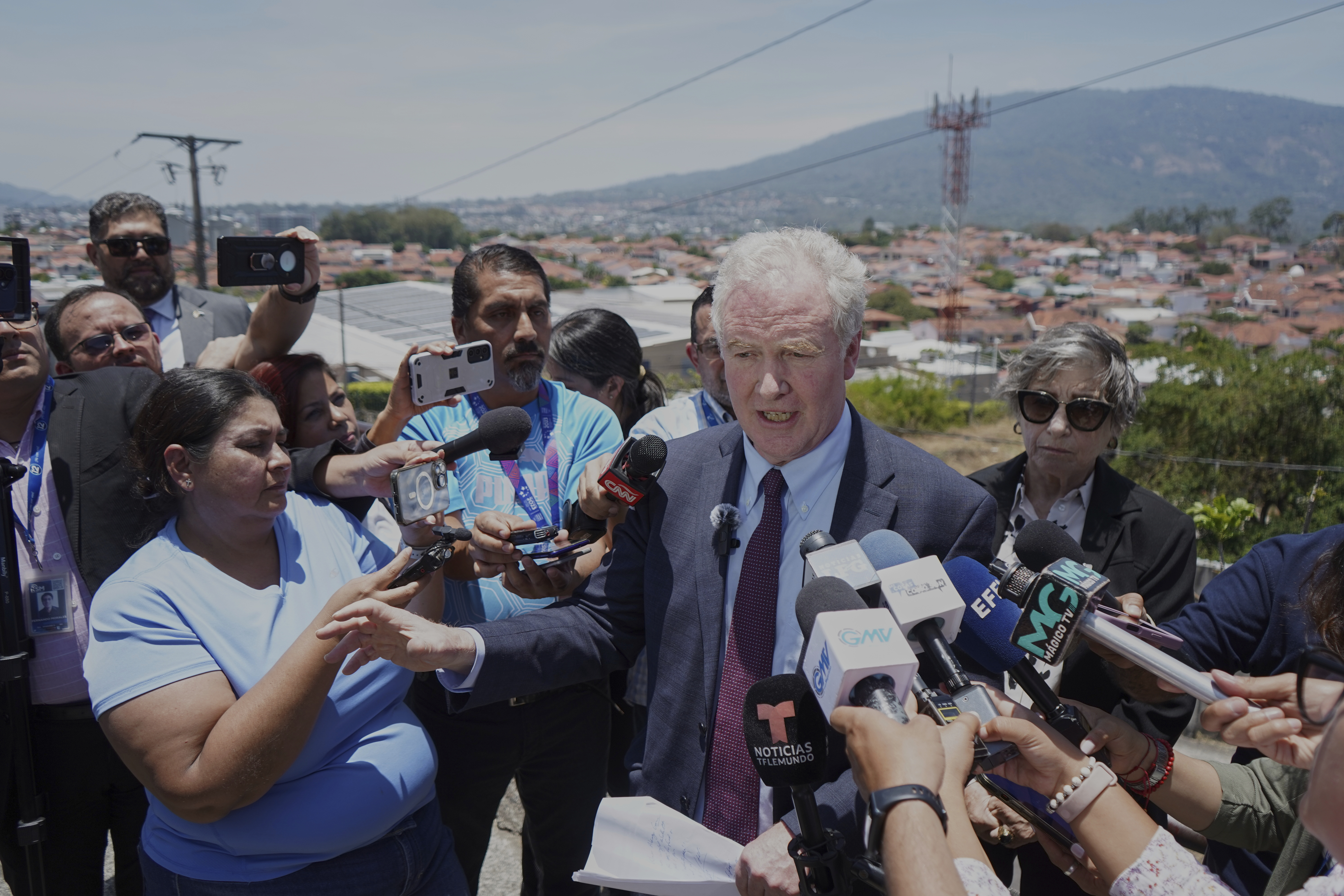After nearly two years of rate hikes and inflation woes, consumers may soon find some relief.
"Surprisingly, many people have said this turned out to be a better holiday season than originally forecasted or anticipated," said Brian Marks, economist and senior lecturer at the University of New Haven.
A new report from the U.S. Department of Commerce found that the price of goods, measured through the personal consumption expenditures (PCE) price index, dropped 0.1% in November — the largest month-over-month drop since April 2020.
Along with that, consumer spending rose by 0.2%, and disposable income rose by 0.4%.
"As of a result of these numbers, the Fed can feel cautiously optimistic that its program of raising interest rates — and for the last three meetings, holding them firm — has been working to tame inflation," said Marks.
This could likely provide some hope for consumers in 2024, as the Fed has also indicated it could start cutting rates by the spring or summer of next year.

Is the economy the issue, or is the problem with America's perception?
Americans are down about the economy despite many positive economic metrics — but are their perceptions correct?
"Whether it starts down again in March or May or July, I think is less important than just not having the fear that it's going to be jacked up another 100 to 300 basis points," said George Calhoun, professor at Stevens Institute of Technology. "I think everybody is adjusting back to an old normal."
This news could likely translate to lower rates on everything from mortgages, credit cards and car loans — all good news for consumers who have been pinching their pennies over the past couple years.
"While all these things are good news, there is still what we would call exogenous shocks: things that could occur in geopolitics or in the economy, completely out of control of any individual economic actor," noted Marks. "And one other thing we can't forget is the fact that 2024 is an election year. All those things could have impact on how the Fed will respond."










